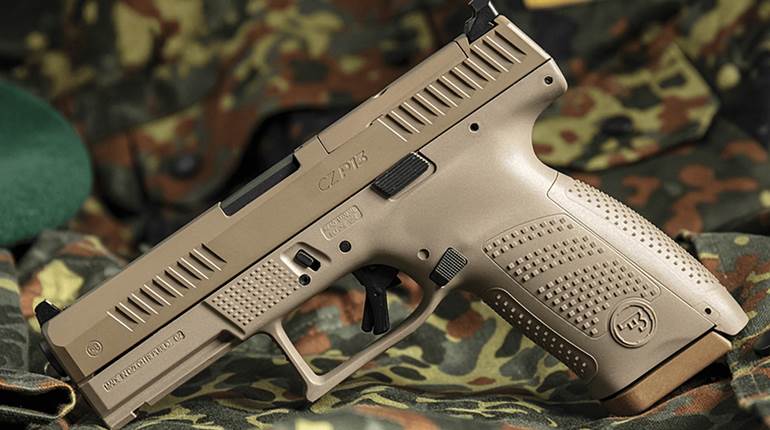
From the moment Federal announced the .327 Federal Mag., Internet experts and gun goobers discounted it as another pip-squeak cartridge. Some folks just don’t understand external and terminal ballistics. The performance of any cartridge is dictated by physics, not by perception, prejudice or pontification. The laws of physics apply equally to all bullets while in flight, while penetrating a magnificent buck or while punching through a homicidal maniac.
Penetration is dictated by bullet weight, impact velocity and expanded diameter. All things equal; faster, heavier and smaller (in diameter) bullets penetrate deeper. Tissue destruction is more difficult to predict. Velocity, expansion and energy transfer are the best indicators. Generally, with bullets that penetrate to the same depth, those moving the fastest and exhibiting the largest expansion factor will damage the most tissue.
A .327 Federal Mag. bullet is initially 0.045” smaller in diameter than a 9 mm or .357 Mag. bullet—that’s about the thickness of a potato chip. The .327 Federal Mag. also uses lighter bullets launched at higher velocities. Bullets currently available in factory ammunition retain their weight well and expand at a higher ratio than many .357 Mag. projectiles. (This is the advanced bullet technology touted in advertising and often scoffed at by armchair ballisticians.) This means the .327 Federal Mag.’s projectiles will penetrate similar to 125- and 158-gr. hollow-point bullets from .357 Mag. loads. It also means they are very likely going to damage more tissue because of the higher impact velocities and greater expansion factor. The 115-gr. Gold Dot .312 bullet expands to more than twice its original diameter.
I tested the terminal ballistics of three .327 Federal factory loads and one handload in 10 percent ordnance gelatin, and when compared to hundreds of other handgun and rifle loads I’ve also tested, it’s clear the cartridge has the right stuff for coyotes, deer and even felonious fiends. High velocity combined with some of the best expansion factors you will find, matched with ruggedly constructed bullets are what makes this possible. With regard to external ballistics, all .327 Federal Mag. factory loads drop less than 6” at 100 yds. if sighted in at 25 yds.
One downside to the .327 Federal Mag. is that there are only three factory loads available. Another disadvantage is that most 0.312”-diameter component bullets won’t hold up to the high impact velocities. Currently, Federal and Speer are the only companies offering loaded ammunition, and Hornady’s 100-gr. XTP is about the only component bullet that will not disintegrate or over-expand when impacting at violent speeds. But that is changing. New for 2010, Federal has an 85-gr. jacketed soft point load and Speer a new 100-gr. Gold Dot load. Both the 100- and 115-gr. Gold Dot bullets should be available for handloaders very soon.
The .327 Federal Mag. is not a better approach to achieving terminal performance; it’s just a different approach. Some like big bullets that lumber along and some like medium size bullets that move a bit faster. If like me, you believe in the attributes of lighter bullets that radically expand and impact at lightning-like speeds, the .327 Federal Mag. might soon become your favorite revolver cartridge, too.




































